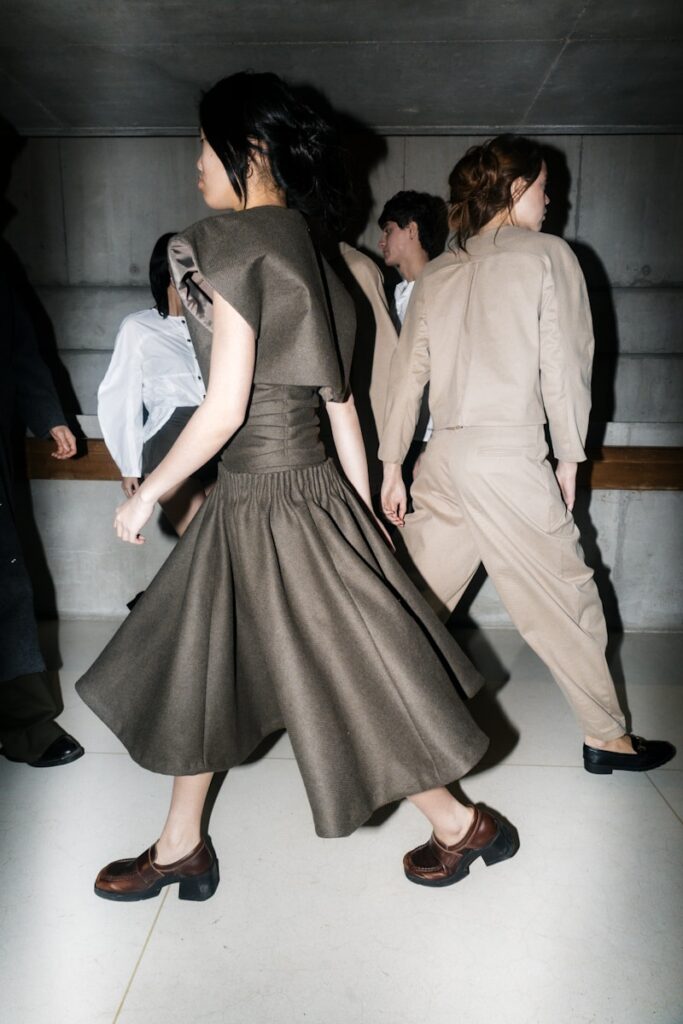In the legal system, time is rarely an ally of litigants. Yet certain time limits are essential safeguards. Unlike deadlines for action The waiting periods prohibit any initiative until they have elapsed. These " delays brakes "They allow for reflection and protect the rights of the defence.
Time limits for court appearances: a fundamental protection
Duration and calculation of the period
The appearance period is the minimum time between the summons and the hearing. Since decree no. 71-740 of 9 September 1971, it has been fifteen days before the judicial court (formerly the tribunal de grande instance), a standard now applied to most courts.
This time limit has a special calculation feature. It is a "backwards" time limit: it starts from the date of the hearing and works backwards. This mechanism means that no extension is possible if the last day is a public holiday, as confirmed by the Court of Cassation in a ruling dated 14 February 1990.
Case law holds that this period cannot be extended if the last day is a public holiday (Civ. 2e, 14 February 1990, no. 88-18.471). This is a logical position, since the sole purpose of the time limit is to guarantee a minimum amount of preparation time.
Consequences of non-compliance
The time limit for appearance is in favorem. If the defendant fails to comply with the time limit, there is no penalty, since the time limit exists precisely to protect the defendant.
On the other hand, failure to comply with this time limit may have serious consequences. The case law considers that the claim is then automatically null and void, without the need to justify a grievance (Riom, 23 June 1988).
A substantive nullity that affects the organisation of the judiciary and the rights of the defence, and therefore cannot be rectified. This strictness is explained by the protective function of the time limit.
For self-represented litigants, this subtlety can be a formidable trap. A miscalculation can result in the annihilation of the proceedings.
Dilatory exceptions: suspending in order to make a better decision
Function and implementation
Article 108 of the Code of Civil Procedure stipulates that: ". The judge must suspend the proceedings if the party requesting the suspension is granted time to take inventory and deliberate, or the benefit of discussion or division, or any other waiting period provided by law." .
These exceptions require the court to suspend the proceedings. They allow the court to wait for a preliminary issue to be resolved before continuing with the proceedings. Unlike the time limits for bringing an action, failure to observe them does not automatically result in forfeiture.
Inheritance applications
Dilatory exceptions have particular application in inheritance law. The heir has a period of four months from the date of death in which to exercise his inheritance option (acceptance pure and simple, acceptance up to the amount of the net assets or renunciation).
If the heir is asked to take sides, the law gives him two months to decide (article 771 of the Civil Code). If no response is received within this period, and unless extended by court order, the heir is deemed to accept the will outright (article 772, paragraph 2).
This temporal protection means that we can avoid rushing into choices with major consequences for our heritage.
Applications in securities law
The benefit of discussion is the classic dilatory exception in surety law. Article 2299 of the Civil Code allows a guarantor to request that the creditor first sue the principal debtor.
This exception must be invoked at the outset of proceedings. In practice, its usefulness remains limited. The strict conditions under which it may be invoked and the contractual clauses that frequently derogate from it explain why it is so rare.
As for the benefit of division, this allows one guarantor, among several, to request that his or her share of the debt be determined proportionally.
Other cases where a decision is suspended
Article 108 of the Code states any other waiting period under the law" an open formula that encompasses other suspensive mechanisms.
This is the case for proceedings that have been suspended by a decision to stay the proceedings or to strike them off or withdraw them from the list (article 377 of the Code of Civil Procedure).
Another example is the incident of forgery of an authentic instrument. If criminal proceedings are brought against the alleged perpetrators of the forgery, the civil court must stay the proceedings pending the criminal decision (articles 312 and 313 of the Code of Civil Procedure).
The principle of the deferral of civil proceedings to criminal proceedings, although attenuated since the Act of 5 March 2007, continues to apply in these specific situations.
A necessity for a fair trial
Unlike other time constraints such as deadlines for actionWaiting periods are not delaying tactics but fundamental guarantees. They give concrete expression to the constitutional principle of the rights of the defence and enable a balanced judicial debate.
The legislator provided for these mechanisms to avoid the surprise effect and to give defendants time to prepare their arguments. Without these temporal protections, civil litigation would run the risk of systematically favouring the plaintiff.
For navigate these complex deadlines effectivelyIn many cases, the assistance of a specialist lawyer is invaluable. A legal professional will identify the applicable time limits and help you to use them in your best interests. We remain at your disposal for any questions you may have regarding procedural deadlines.
Sources
- Code of Civil Procedure, articles 108, 142-145, 146-149, 377, 468
- Civil Code, articles 771, 772, 780, 784, 2299
- Court of Cassation, 2nd Civil Division, 14 February 1990, no. 88-18.471
- Riom Court of Appeal, 23 June 1988
- Decree no. 71-740 of 9 September 1971
- Law no. 2006-728 of 23 June 2006 on inheritance reform




